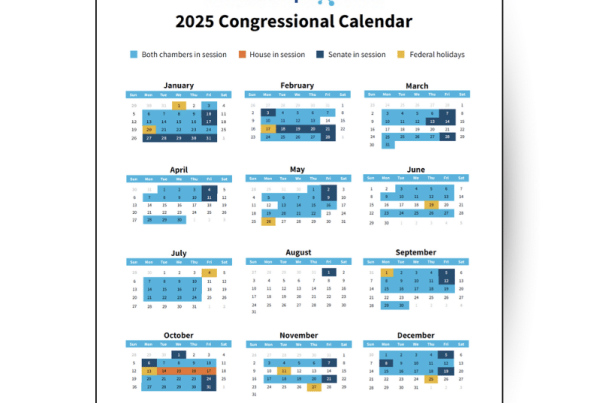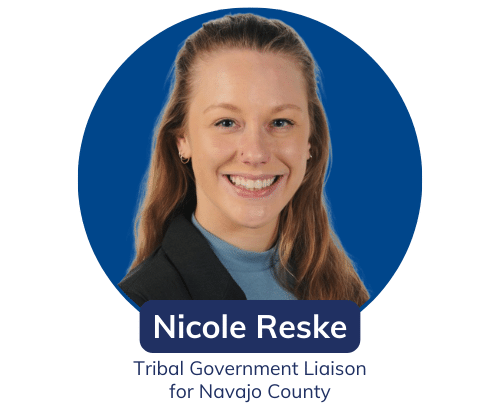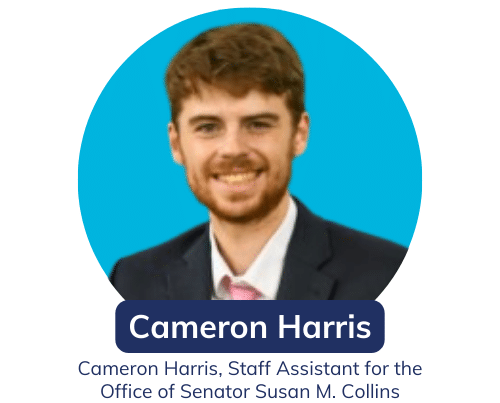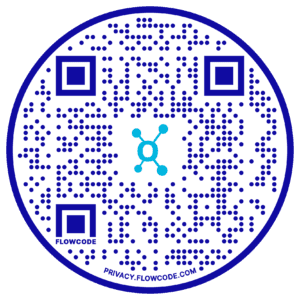In this interview, we speak with Suzanne Shirley, a Director within the Veterans Health Administration’s Office of Healthcare Innovation and Learning, currently serving as a VA Congressional Fellow in Representative Morgan McGarvey’s office. With 14 years of experience at the VA, Suzanne’s career has spanned roles in clinical care, mental health, program management, policy, and innovation. Now working on Capitol Hill, she focuses on researching policy, drafting legislation, and advising on issues affecting veterans, caregivers, and healthcare delivery. Suzanne shares insights from her diverse experiences, discussing the challenges of navigating federal systems, the importance of innovation, and her commitment to practical solutions that improve care for veterans.
Takeaways:
- Diverse career paths can create opportunities to drive change across multiple fields and industries.
- Effective legislation benefits from collaboration between field experts and policymakers, ensuring practical and impactful solutions.
- Bridging policy and implementation is essential for sustainable change, especially in large, complex systems.
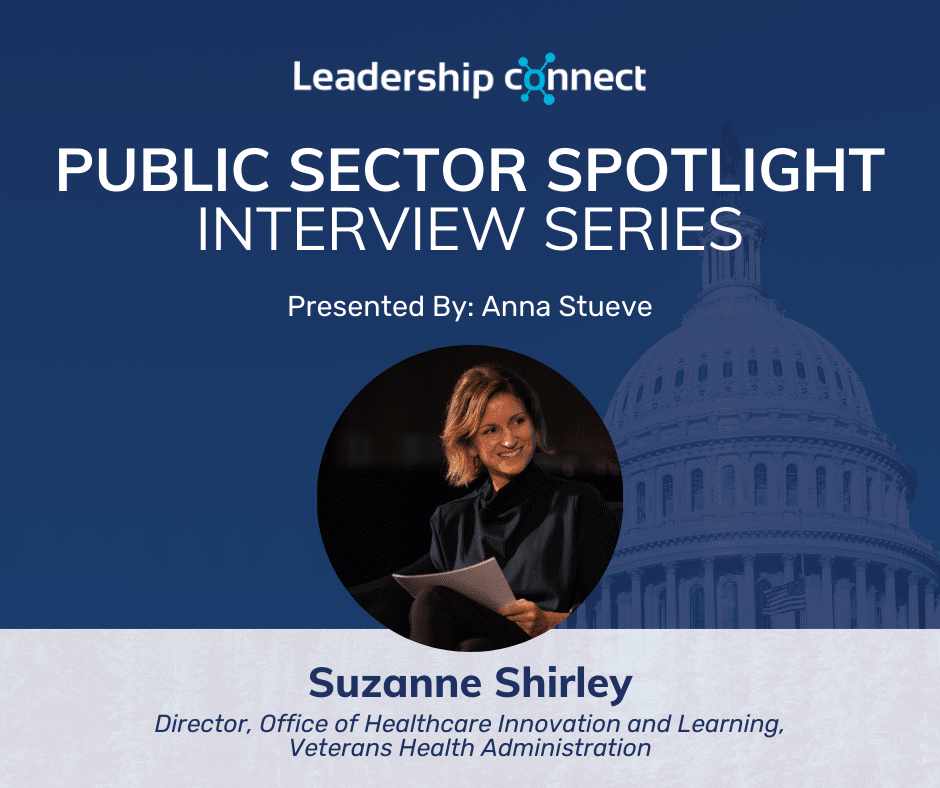
Can you tell me about your career path that has led you to where you are now?
I serve as a Director within the Veterans Health Administration’s Office of Healthcare Innovation and Learning but am currently on the Hill, working in Representative Morgan McGarvey’s office as a VA Congressional Fellow for the year. In my role as a fellow, I research policy, write legislation, and advise on issues that affect veterans, caregivers, and the VA, as well as emerging technology, healthcare innovation and economic opportunities for small businesses.
I’ve been with the VA though for 14 years, in many different roles. Back in 2011 I joined the VA as a clinical social worker when my sister deployed to Afghanistan. I worked in a spinal cord injury unit in Richmond, VA then as a mental health therapist with veterans who were struggling with PTSD, drug and alcohol addiction and depression, then as a supervisor and program manager for the caregiver support program.
The VA, being such a large healthcare organization, has so many career paths available though and after six years of clinical care and program management, I moved into a policy role as the administrator for the quality management and medical education programs in Richmond. The quality management service handles metric data and benchmarks care quality across medical centers, ensuring outcomes align with national standards. We also managed administrative reviews of malpractice cases, focusing on system improvements, such as identifying if adverse events indicate a need for a process change. The VA trains 80% of practicing physicians, nurses, and allied health professionals in the U.S., they come in as students, interns, residents, and fellows. What compelled me the most about these two programs is the level of impact they could have across the entire organization. There I was able to have sweeping impacts with programmatic decisions and quickly became obsessed with process improvement and innovation during my time overseeing these two programs.
After that, I began leading the innovation program in Richmond, then moved to a central office role where I now lead innovation programming across the organization. I pursued the congressional fellowship with two main goals in mind: I wanted to learn more about how the legislative and federal agencies interact and impact one another. And, with deep experience in clinical care, process improvement and innovation, as well as a 14 year long federal career in VA, I was eager to lend my field-based perspective and healthcare expertise to the legislative process in hopes of informing legislative actions that are relevant, impactful, and can be implemented successfully.
Which specific policy areas or legislative issues are you most passionate about, and how do you stay informed and engaged in those areas?
I’m particularly focused on issues that impact veterans and caregivers, and the VA as a healthcare system. With experience in scaling innovative healthcare solutions, I am particularly focused on topics like mental health and social drivers of health, psychedelic assisted therapy, emerging technologies that enable more care at home and/or in rural communities, leveraging technology to improve the employee and patient experience, and building out innovation as a core mission of the VA.
Turns out building out innovation as a core mission of the VA presents an incredible legislative opportunity. We are writing legislation now that, if passed, would codify innovation as a 5th mission of VHA, authorize the agency with special hiring authorities, other transaction authority, and the authority to make advanced market commitments. Along with these legislative provisions, the VA would operate an innovation fund separate from existing VA appropriations and allocations. This fund would be self-sustainable and rely on funding pathways that align the agency’s incentives better with clinical outcomes, cost avoidance, and patient experience. The legislative team in Rep. McGarvey’s office has been overwhelmingly supportive of these ideas and has helped me explore ways to pursue them from the legislative lens. Representative McGarvey himself is a courageous and altruistic representative who has been excited about finding ways to improve the lives of veterans, their families, and empower the VA to establish itself unequivocally as the healthcare provider of choice for our nation’s veterans.
What do you believe sets the federal government apart as a unique work environment, and how do you navigate its challenges in your everyday work?
VHA is the largest integrated healthcare system in the country. We serve more than 9M veterans, employ a workforce of more than 400K, and train 80% of medical providers that practice medicine in this country. During my 14 years as a federal employee, every professional opportunity I can imagine has been available to me. And as someone who’s always been driven by impact, the scale of impact in the federal government is a huge draw. There is no other place where one single solution can change the lives of millions of people.
Similarly, the scale of impact in the legislative space is huge. One piece of legislation can certainly impact the lives of millions and the opportunity to connect the power of legislation with the power of execution has been the most incredible honor of my career.
The opportunities are profound but so are the challenges. In such a large organization, change doesn’t come easily and navigating the bureaucracy is an everyday challenge. The actual people in VA are some of the brightest, most dedicated people I’ve ever imagined working alongside, but the system itself is flawed by incentive structures that encourage compliance and status quo over taking risks and making short term investments for long-term gains.
What’s great about the VA, across every role in the organization, is that you have one customer: the veteran. But the VA is accountable to more than just the veteran. VA is accountable to its enormous workforce, legislators in congress, veteran families, and the American people at large. In VA, we are beholden to a level of accountability and transparency that no other healthcare system is expected to attain. This creates a culture of risk aversion which is difficult for an innovator, but it’s not lost to me the value of being held to a higher standard than all other healthcare systems. And because we are a government organization, funded by American taxpayer dollars, there is an incredible opportunity to serve the broader public with advances in healthcare, research and innovation through the delivery of healthcare for veterans.
Describe a challenging or rewarding project that significantly influenced your growth as a professional. How did you handle the challenge, and what did you learn from the experience?
Two projects come to mind. The first, the COVID-19 pandemic was a shot of adrenaline to the healthcare community and VA. We had to respond quickly to huge sweeping changes across the nation. One change was that preventative and maintenance care like cancer screenings and chronic disease management, was largely put on hold. Clinics were closing in communities everywhere, patients were staying home, and the risks for long term complications skyrocketed. One solution we scaled during COVID was a telehealth care model that incorporated remote temperature monitoring technology in the early detection, and prevention, of diabetic foot ulcers. The care model we designed, leveraging new technology, empowered VA providers and patients to work together through telehealth, to prevent an early-stage ulcer from worsening, and ultimately prevent an amputation. Scaling this care model was complicated for so many reasons and if not for a direct appropriation from Congress through the CARES Act, we would not have been able to reach at-risk diabetic veterans in rural areas with this lifesaving remote care.
During this experience, I learned the power of the grassroots approach to innovation, and the power of data. This care model could not have been rolled out from the top of the organization. First, technology like the remote-monitoring device is paid for by the national prosthetics budget but the cost avoidance of a leg not amputated, is realized by the medical center. There’s no way for the medical center to pay back the prosthetics budget when wound care treatments or amputations are avoided. When costs and savings don’t align within the same accounts, it makes investment decisions at high levels of the organization complicated and challenging. But with this particular care model, there were five podiatrists who stepped up and went to bat for their patients. At five medical centers, we piloted this technology with the CARES Act appropriation. We evaluated and published the data… 97% early detection of a forming ulcer, almost all ulcers avoided with early intervention, and a near elimination of amputations among the small population of people we were able to engage in this pilot. Now the technology is being used in more than 35 medical centers to monitor the health of more than 10k veterans. We are still studying the impacts, and outcomes are overwhelmingly positive. Data like this is what helps justify further investment to national program leaders who manage national budgets and national program care models.
Collaboration, though, gets to the heart of what the innovation team does. We don’t create technology or directly provide clinical care; we empower VA clinicians to develop ways to deliver care and services in new ways. My role in the remote-temperature monitoring was to bring stakeholders together and empower the team with human-centered design, funding, and program management support to design, test, and evaluate the impact of a novel care model that brought monitoring capability into the home. Something that’s important to realize about innovation, is that technology can be a key component, but technology alone cannot deliver outcomes. The real innovation is in designing ways for the healthcare system to consume technology through building new pathways to care. And to scale, requires bringing together clinicians, researchers, and administrative stakeholders and getting support from national leaders.
The second project started last summer. I was in the process of launching a pilot program that would test a co-employer model of homemaker/home health services. To give you a little background, the VA offers veterans and caregivers homemaker/home aid health and respite services. It’s not a clinical service – like a nurse coming to your home to do wound care – it’s a person coming to your home to help with light housekeeping, making a meal for you, helping you stay organized in taking medications and being generally supportive. Respite services are similar – for example, if you’re a caregiver supporting a veteran who has a spinal cord injury and requires 24-hour care at home, you still have other things you need to do. Go to your own doctor’s appointments or manage other family responsibilities, so the VA offers respite services. What we have found over the years though, is that these services are vastly underutilized. To better understand why, we embarked on a large-scale discovery effort, talking to veterans and caregivers across the country to understand the barriers to using homemaker home aide and respite services. It turned out veterans and caregivers desperately need the support but these services were not easy to use What would happen is the VA would reach out to a local homecare agency and the agency would then schedule homecare services, inconsistently, and usually sending a different homecare aide every time. Especially in rural areas, it was difficult for veterans and caregivers to get high quality, consistent support. I also heard that veterans and caregivers were not always comfortable with the idea of someone they don’t know coming into their home. For these reasons, what I heard was that the juice isn’t worth the squeeze.
I totally understood that. The reason there was such inconsistency in the providers and care is because there are major labor shortages, especially in rural areas, for these positions. Most home care providers are moving from one agency to another in search of a living wage because the pay is so low. I was trying to think creatively about this and how we could leverage technology to lower the cost for the VA, increase wages for these caregivers, and give the veterans a choice of who comes into their home.
There was something we could try, a co-employer model to homecare services. A co-employer model is where the payer (in this case the VA) would cover services provided by an agency who would employ a person of the veteran’s choice to provide services. The employing agency would train, license, bond, insure individuals, and manage payments and scheduling of anyone that meets the criteria for employment. So, this co-employer model, I thought, could work well for homecare services because it would give veterans choice and give VA more control in ensuring higher wages. This model could improve both the experience of the veteran and caregiver and create higher paying jobs for those in their communities, some who may already be helping.
While I was trying to get this off the ground, I was having trouble because I didn’t have leadership buy-in, I was having trouble explaining it, I had no proof or data that would justify the promise of this idea. Around the same time, last summer, an Executive Order came out requiring the VA to test a co-employer model at 5 different sites. It was a timely opportunity and VA leadership was listening. With the organization’s support, we were able to run a co-employer pilot in 6 different states. We relied on our third-party administrators to present a co-employer agency that could meet the criteria for this model and have been working on this pilot now for about a year. The co-employer offers a digital platform where homecare providers could put their professional profile online. A veteran and/or caregiver can search based off location, type of training, dates/hours of availability, and select a person to hire for homecare services. If there is someone in a customer’s community who is already helping them, they could be hired and trained by the co-employer to provide professional services and determine their own wages, within the allowable limits.
Before the pilot, homecare agencies would bill the VA the highest possible rate, billing $43/hour in some states, but were often only paying homecare providers around $14/hour. This opportunity to have a co-employer model mitigated this. When we designed the pilot, the third party administrators established a billing system where the co-employer agency billed a certain percentage above the wage paid to the homecare provider, ensuring wages were proportional to the amount billed to VA. Fast forward to now, I just received preliminary results of the national evaluation. Across these 6 sites we had higher utilization of respite and homecare services, and we had much better patient experience. 60% of the people participating in this program had their own support people in the community hired, which created jobs too. Even with higher utilization this model was less expensive for the VA and on average, and homecare providers were getting paid $22/hour.
In both examples, high level support was provided to the VA from congress and the white house – either funding support or an executive requirement – at exactly the right time and we were able to respond with a novel solution. That’s what makes this innovative. When we can show better results, better patient experience, lower cost, that’s how we know these things should be scaled.
What has made you successful in your role and what advice would you give to individuals who aspire to work in the federal government?
I think optimism is what has made me successful. When I was younger, earlier in my career, my optimism was often mistaken for naivete or worse, stupidity. But I don’t know anyone who could find the courage to consistently navigate bureaucratic hurdles and challenge the deeply ingrained culture of resistance to change in these large federal systems, if not for the belief that it can work, that it matters, and that we can do better. Optimism is key in pursuing the path to change.
Optimism is a choice I make every day. Some days it’s easier than others. But it has to be an intentional choice to remain optimistic, despite criticism, to build a better department for veterans. I often feel doubt; in the agency, in myself – but when I choose to remain optimistic, I’m never sorry. There’s always a reason to believe in what we do – I think everyone in the federal government probably has a similar experience. I think the reason a career in government is so great is because there are so many people who are optimistic and still believe. We work hard to maintain optimism because people are counting on us to believe that these ideas are possible. There are a lot of people waiting for better care, more accessible care, and waiting for solutions that haven’t been developed yet. If people like me can hold onto the belief that anything is possible, that’s our only chance to live up to our mission.
Being on the Hill this past year has challenged my optimism beyond belief. Hearing after hearing, sometimes it seems like the VA can’t do anything right. But I remain optimistic that little by little, we can do better for veterans, for the clinicians who care for them, and for the American people who believe veterans deserve the best possible care. I truly believe VA can lead in the transformation of healthcare for all Americans, with legislative help and the continued empowerment of the best workforce and best patient population out there.
Word association, what is the first word that comes to mind for each of these?
- Policy – Pathways
- Networking – Connection
- Writing skills – Influence
- Federal government – Impact
- Leadership Connect – Empowerment



